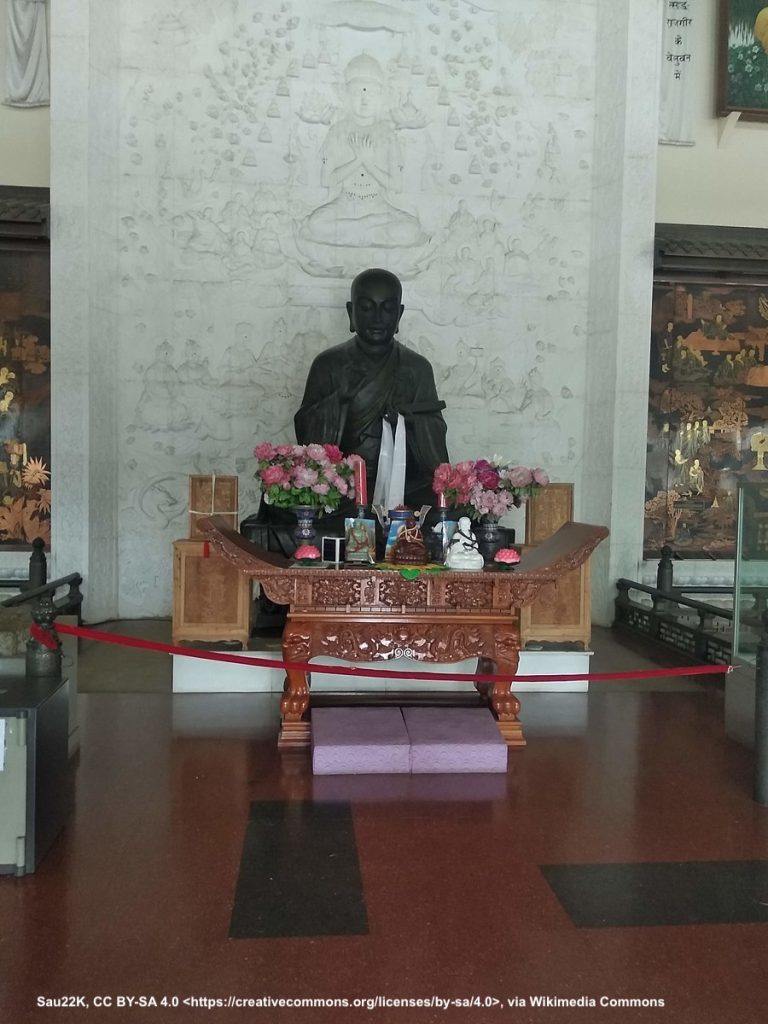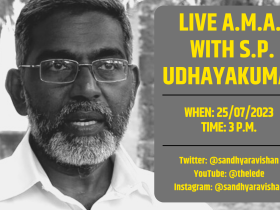The Lede Staff
Nalanda, the ancient seat of knowledge and learning, lies in ruins today, its once-majestic structures reduced to ashes and rubble. The story of Nalanda’s destruction is a tale of tragedy that unfolded over centuries, culminating in a devastating fire that consumed the heart of this venerable institution of knowledge.
Nalanda, often hailed as the world’s first residential university, was founded by King Kumaragupta I, who was also known as King Sakraditya, during the Gupta Empire in the 5th century CE. The establishment of Nalanda marked the beginning of a golden era of learning, with the university becoming a hub for academic excellence. It boasted thousands of students from various parts of the world and housed an extensive library known as the Dharmaganja, which contained an astonishing collection of manuscripts. These manuscripts numbered in the hundreds of thousands and covered a wide range of subjects, including philosophy, mathematics, medicine, linguistics, literature, astronomy, and Buddhism.
One of the most significant historical records of Nalanda comes from the accounts of the Chinese Buddhist monk and traveller, Xuanzang (Hsüan-tsang). Xuanzang visited Nalanda in the 7th century during a time when the university was at the height of its glory. His detailed records provide invaluable insights into the institution. Xuanzang marvelled at Nalanda’s grandeur, the vast library, and the rigorous academic environment. He documented his experiences, the subjects taught, and the depth of knowledge he encountered during his stay at Nalanda.

A statue of Hsüan-tsang
In addition to Xuanzang, several other Chinese travellers visited Nalanda at different periods in time, further emphasizing the university’s significance. For example, the Chinese pilgrim I-ching (Yijing) visited Nalanda in the 7th century. He documented the university’s educational system and the religious and philosophical teachings of the time.
However, the burning of Nalanda in 1193 by Bakhtiyar Khilji and his forces was a catastrophic event that had far-reaching consequences. Khilji, a Turkish conqueror, attacked Nalanda during the rule of the Sena dynasty, which was led by King Karna. While King Karna is not known to have defended Nalanda, the exact reasons for his inaction during the attack remain a matter of historical debate. Some historians suggest that the local rulers may not have fully comprehended the significance of Nalanda as a centre of knowledge and may have underestimated the threat posed by Khilji’s forces.
The destruction of Nalanda had a profound impact in its time. It resulted in the loss of an invaluable scholarly legacy and disrupted the continuity of educational excellence that the institution had exemplified. The destruction also had cultural and religious repercussions, particularly for Buddhism, and marked the beginning of Nalanda’s gradual decline as a center of learning.

View of the ruins of Nalanda
Bakhtiyar Khilji’s campaigns of destruction extended beyond Nalanda. Other prominent centres of learning and cultural significance in the Indian subcontinent also faced his devastating attacks. Notable among these institutions were Vikramashila, Odantapuri, and Jagaddala, each of which had played a crucial role in the dissemination of knowledge, particularly in the context of Buddhism.
Vikramashila, a renowned ancient Buddhist university in Bihar, and Odantapuri, another significant centre of Buddhist learning, were both reduced to ruins by Bakhtiyar Khilji’s campaigns. Jagaddala, located in present-day Bangladesh, was a major centre for the study of Vajrayana Buddhism, a Tantric tradition within Mahayana Buddhism, and it too fell victim to the destructive forces.
These institutions, like Nalanda, were renowned for their contributions to scholarship, philosophy, and the dissemination of knowledge. The destruction of these universities had far-reaching consequences, leading to the loss of invaluable texts and the disruption of intellectual and religious pursuits in the region. The destruction of these centres of learning marked a significant chapter in the history of the Indian subcontinent and the impact of foreign invasions on its rich cultural and intellectual heritage.
The rediscovery of Nalanda in modern times is often attributed to the efforts of Francis Buchanan-Hamilton, a Scottish physician and naturalist who visited the site in the early 19th century. His observations and documentation contributed to the renewed interest in Nalanda’s history and its significance as a centre of learning and spirituality. This rediscovery ultimately led to further archaeological excavations and the recognition of Nalanda as a World Heritage Site by UNESCO in 2016.
Despite the destruction, Nalanda’s legacy endures in the hearts and minds of those who recognize the value of knowledge and the importance of preserving cultural heritage.













Leave a Reply